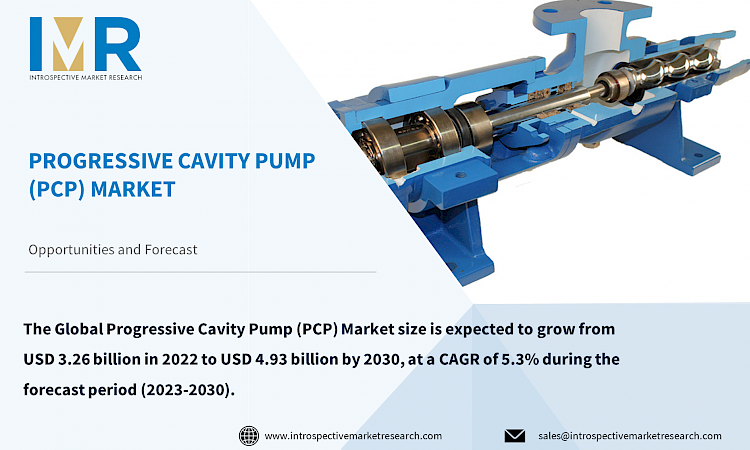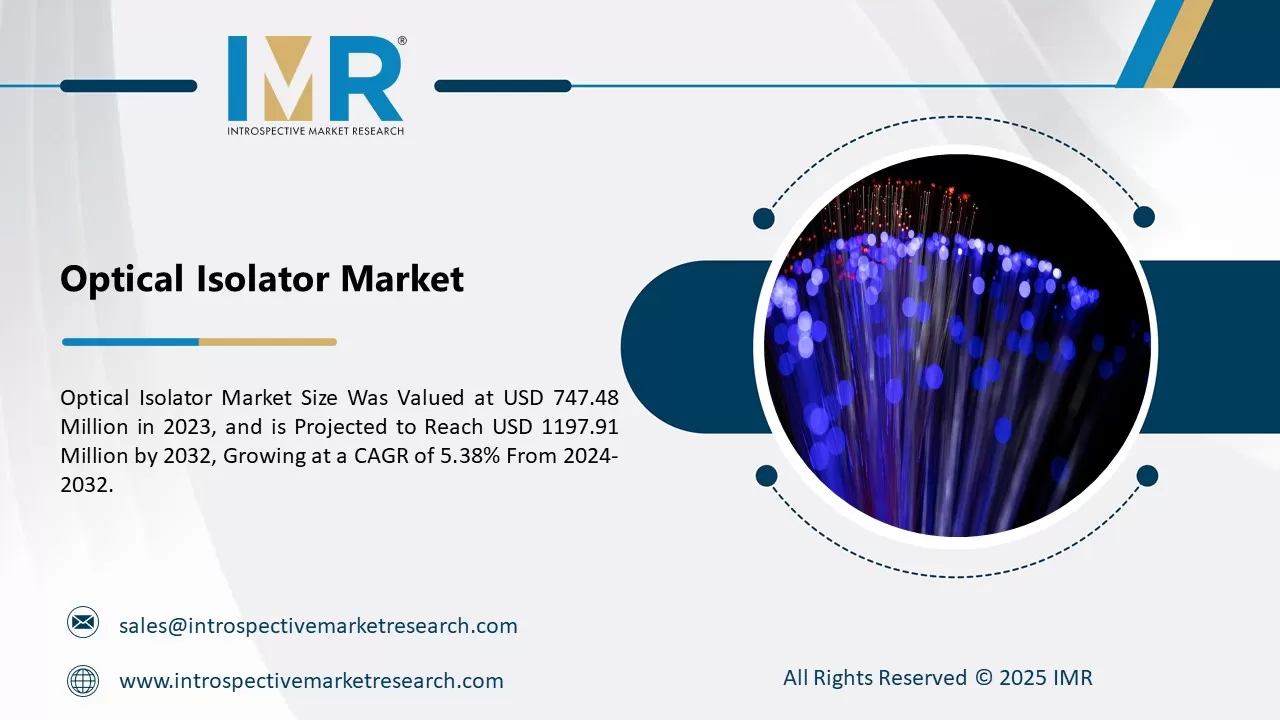Market Overview:
The Global Progressive Cavity Pump (PCP) Market size is expected to grow from USD 3.26 billion in 2022 to USD 4.93 billion by 2030, at a CAGR of 5.3% during the forecast period (2023-2030).
Positive displacement is used in a progressive cavity pump. When treating viscous fluids at high flow rates and requiring a high discharge pressure, progressive cavity pumps are typically utilized. Fluids from anaerobic digestion, paper recycling, and wastewater treatment facilities are frequently handled by progressive cavity pumps. Progressing cavity pumps (PCPs) were utilized in a variety of manufacturing and industrial applications as fluid transfer pumps before the development of synthetic elastomers and adhesives. In addition, it is anticipated that the use of developing cavity pumps will increase in more common circumstances, such as water-source wells, hostile fluid conditions, and applications involving high temperatures.
Top Key Players Covered In The Progressive Cavity Pump (PCP) Market:
- BORETS (UAE)
- SEEPEX GMBH (GERMANY)
- SCHLUMBERGER (U.S.)
- NOV (U.S.)
- XYLEM INC. (U.S.)
- CIRCOR (U.S.)
- WEATHERFORD (U.S.)
- PUMPENFABRIC WANGEN (GERMANY)
- ROTO PUMPS (INDIA)
- PCM GROUP (PARIS), and Other Major Players.
Market Dynamics and Factors:
For wells with high sand cut and fluid that is extremely viscous (PCPs), progressing cavity pumps can streamline production. These positive displacement pumps are superior at lifting sand and are designed to produce variable rates and constant heads. They can deal with a wide range of applications. They are the most affordable and efficient artificial lift option due to their simple design and installation, lower power consumption in comparison to other technologies, and lower operating and capital costs. Because of this, it is anticipated that a wider range of end-users will accept these pumps more readily, resulting in a dynamic market.
The developing spending on wastewater treatment offices in non-industrial countries as they pursue maintainability targets is extending the market for moderate pit siphon providers. As the problem of sewage, trash, and wastewater grows, environmental research and development efforts are being stepped up all over the world. New technology is needed. The market for water and wastewater treatment grows and introduces new tools and techniques each year. In the years to come, these lucrative opportunities are expected to benefit the Progressive Cavity Pump (PCP) Market.
Progressive Cavity Pump (PCP) Market Report Highlight:
- By Pumping Capacity (GPM), the 0 to 500 GPM segment is anticipated to lead the growth of the Progressive Cavity Pump (PCP) market in the forecasted timeframe. Progressing cavity pumps with capacities ranging from 0 to 500 GPM hold the largest share of the global market for PCPs. These pumps have a small size and require electric or hydraulic motors that are less powerful. They are popular all over the world because they work well and are cheap.
- By Power Rating (HP), the up to 50 HP segment is expected to have the highest share of the Progressive Cavity Pump (PCP) market over the projected period. PCPs with up to 50 horsepower are primarily utilized for their abrasion resistance in demanding pumping applications. PCPs become mechanical as the viscosity of the liquid increases, increasing their volumetric efficiency and requiring less power and flow than conventional pumps.
- By End-users, the Water & Wastewater segment is set to develop at the highest share during the forecasted timeframe. Progressive Cavity Pump (PCP) is popular in the gaming industry as it can manage a large volume of simulation requests. Many popular MMOs, for instance, use Progressive Cavity Pump (PCP) to track their players' whereabouts and actions. This allows them to transmit updates to players without interfering with other features of the game, such as combat and chat.
- The Asia Pacific region is expected to have the highest share of the Progressive Cavity Pump (PCP) market over the projected period. The PCP market in the Asia-Pacific region has been the subject of an investigation by China, Australia, India, and Japan. The study also takes into account South Korea, Malaysia, the Philippines, Singapore, and other Asian nations.
Key Industry Development:
- In August 2023, Willmar proudly launched its cutting-edge "EcoMax" PCP line. Boasting lightweight composite materials, this groundbreaking release is set to redefine standards in energy efficiency and corrosion resistance. Tailored for applications in the demanding realm of the food and beverage industry, EcoMax promises enhanced performance
- In June 2023, Blue Swell: Launched its "Cloud Control" platform, offering real-time data analytics and remote-control capabilities for its PCPs. This allows for centralized management and proactive maintenance across installations.
Progressive Cavity Pump (PCP) Market Segmentation:
By Pumping Capacity (GPM)
- 0 To 500
- 500 To 1000
- Above 1000
By Power Rating (HP)
- Up To 50
- 51 To 100
- Above 100
By End Users
- Oil & Gas
- Water & Wastewater
- Food & Beverages
- Chemicals & Petrochemicals
- Pulp & Paper
- Others
For this report, Introspective Market Research has segmented the Progressive Cavity Pump (PCP) Market based on region:
Regional Outlook (Revenue in USD Million; Volume in Units, 2023-2030)
- North America
- The U.S.
- Canada
- Mexico
- Eastern Europe
- Russia
- Bulgaria
- The Czech Republic
- Hungary
- Poland
- Romania
- Rest of Eastern Europe
- Western Europe
- Germany
- UK
- France
- Netherlands
- Italy
- Spain
- Rest of Western Europe
- Asia Pacific
- China
- India
- Japan
- Singapore
- Australia
- New-Zealand
- Rest of APAC
- Middle East & Africa
- Turkey
- Saudi Arabia
- Qatar
- UAE
- Israel
- South Africa
- South America
- Brazil
- Argentina
- Rest of SA





